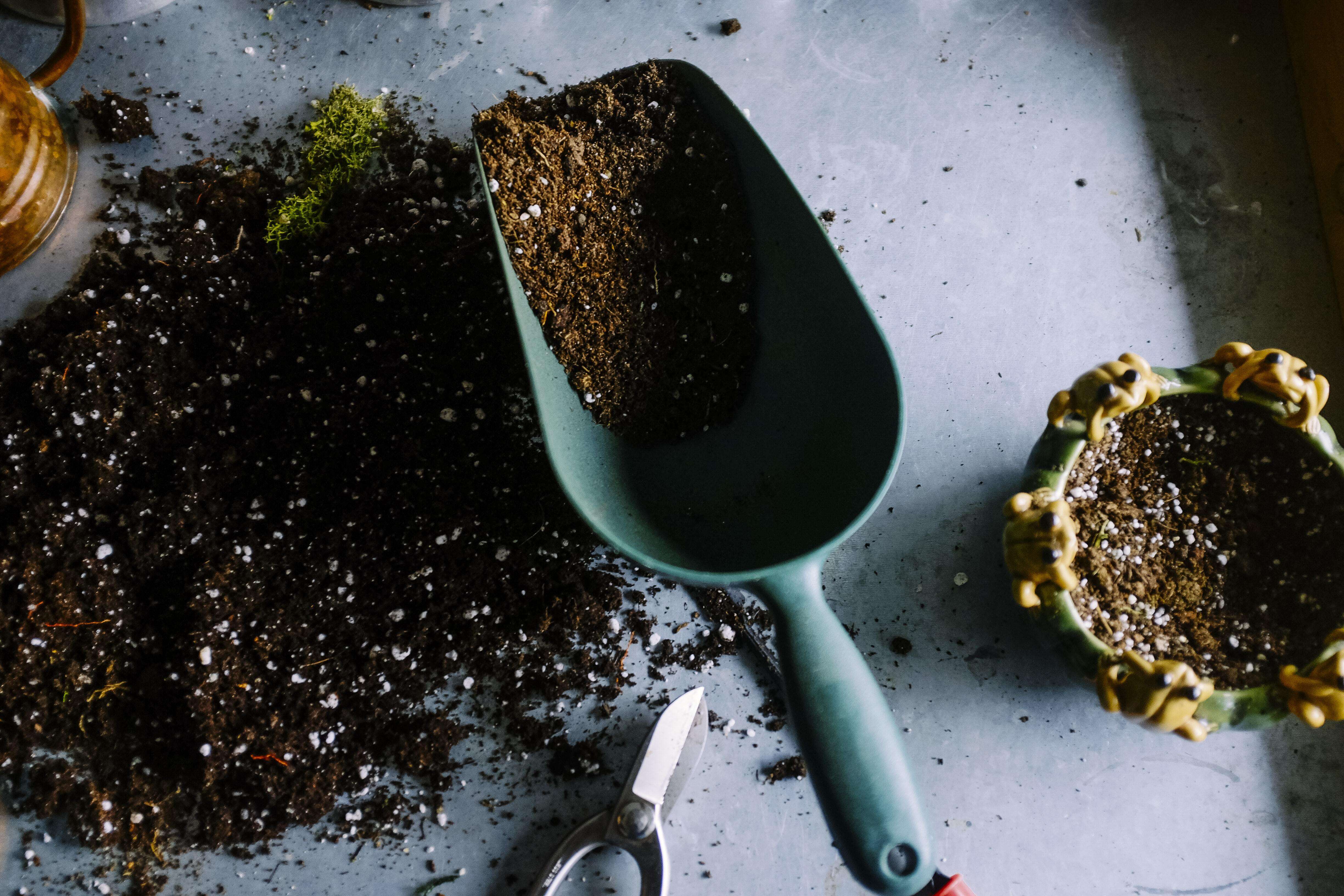
Foods, beverages, and dietary supplements may be vulnerable to lead contamination as the result of leaded soil, water, or lead canning.
Image Source: Unsplash user Ali Inay
In April of 2014, the city of Flint, Michigan, changed its water source. After 50 years of purchasing treated water from Detroit, city officials elected to switch to water sourced from the Flint River for an annual savings of about $5 million. The true cost of the switch is only now becoming evident; following complaints from residents regarding the taste, smell, and appearance of the new water, testing revealed astoundingly high levels of lead in the water supply due to the river water’s corrosive elements wreaking havoc the city’s deteriorating water distribution system. Upon testing, the average lead concentration was discovered to be 2,000 ppb with some samples reaching 13,200 pb, “200-1,300 times higher than the World Health Organization standards of 10ppb,” according to The Guardian.1
For reference, the Environmental Protection Agency’s threshold for hazardous waste is 5,000 ppb. By the time Governor Rick Snyder declared a state of emergency in January of this year, 10 people had died of Legionnaire’s disease and as many as 10,000 people have experienced other medical problems caused by the contaminated water.2
As the city grapples with the implications and long-term consequences of its water crisis, public concern regarding leaded water has spread across the United States. According to Builder magazine, “Unbelievably, an estimated three to six million miles of lead pipes across the U.S. still carry water, and most all of them are vulnerable to dangers like those in Flint.”3 However, drinking water isn’t the only potential source of lead contamination in consumable products; foods, beverages, and dietary supplements all have the potential to contain unacceptable levels of lead as the result of cultivation in leaded soil, lead-soldered canning, or inclusion of leaded water.4 Lead exposure can lead to a host of serious and destructive health effects, including neurological and nervous system damage, anemia, kidney failure, increased risk of miscarriage, and even death. As a result, it is imperative that the food industry engages in rigorous, ongoing lead testing to ensure the safety of their products.

The USP colorimetric lead testing method cannot be applied to alkali earth elements due to condensation formation during sample digestion. Image Source: Unsplash user Neslihan Gunaydin

